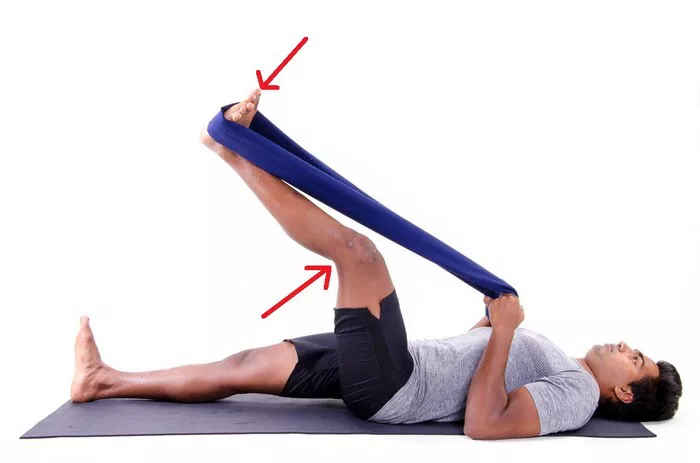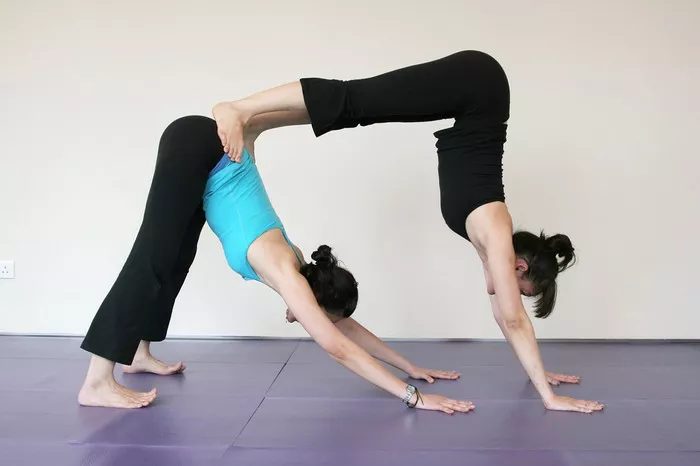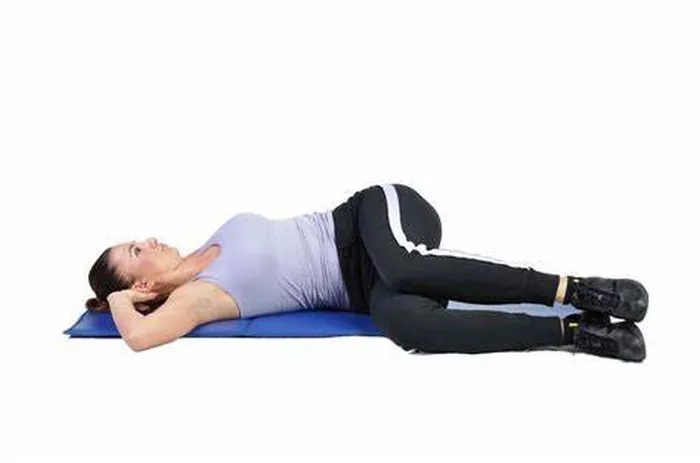Heart conditions refer to a wide range of cardiovascular disorders that affect the heart’s structure and function. These may include coronary artery disease, heart failure, arrhythmias (irregular heartbeat), congenital heart defects, and valvular heart disease. Each condition varies in severity and symptoms, and managing these conditions often requires a combination of medication, lifestyle changes, and sometimes surgical intervention. Understanding your specific heart condition is crucial before adopting any form of exercise, including yoga.
The Relationship Between Yoga and Cardiovascular Health
Yoga has long been recognized for its ability to promote relaxation, reduce stress, and support overall physical and mental well-being. From a cardiovascular perspective, yoga can positively impact blood pressure, heart rate, and vascular function. Research suggests that gentle yoga practice can help reduce the workload on the heart, making it a valuable component of a heart-healthy lifestyle when practiced correctly and safely.
Is Yoga Safe for People With Heart Conditions?
The safety of yoga for individuals with heart conditions depends largely on the type and severity of the condition, the type of yoga practiced, and the individual’s current fitness level. In general, gentle and restorative forms of yoga are considered safe for many individuals with stable heart conditions. However, high-intensity or hot yoga practices may pose risks and are often discouraged. Consulting a healthcare provider before starting yoga is essential to ensure safety and effectiveness.
Benefits of Yoga for Heart Patients
Engaging in appropriate yoga practices offers several benefits to individuals with heart conditions:
- Stress Reduction: Yoga’s emphasis on breath control and mindfulness can significantly lower stress, which is a known risk factor for heart disease.
- Improved Circulation: Certain poses enhance blood flow and support better vascular health.
- Lower Blood Pressure: Gentle yoga and relaxation techniques can help reduce hypertension.
- Better Sleep Quality: Improved sleep contributes to better heart health and recovery.
- Enhanced Respiratory Function: Breathing techniques (pranayama) improve oxygen delivery and reduce strain on the heart.
These benefits make yoga an attractive option for patients seeking complementary approaches to conventional cardiac care.
Types of Yoga Suitable for Heart Conditions
Not all yoga styles are appropriate for individuals with cardiovascular issues. The following types are generally recommended:
1. Hatha Yoga
Hatha yoga emphasizes basic postures and controlled breathing. It is slower-paced and ideal for beginners or those seeking gentle physical activity.
2. Restorative Yoga
Restorative yoga focuses on passive stretching and complete relaxation, using props to support the body. This practice is excellent for stress relief and healing.
3. Chair Yoga
Designed for people with limited mobility, chair yoga allows participants to perform poses while seated or holding onto a chair for support. It is low-impact and accessible.
4. Iyengar Yoga
Iyengar yoga emphasizes proper alignment and the use of props to make poses accessible to all body types. It’s suitable for people with physical limitations, including heart conditions.
Avoid vigorous styles such as Ashtanga, Bikram, or Power Yoga unless specifically cleared by a cardiologist.
Precautions to Take Before Starting Yoga
Before embarking on a yoga journey, individuals with heart conditions should consider the following precautions:
- Consult Your Cardiologist: Always get medical clearance before starting any new exercise routine.
- Work With a Certified Instructor: Preferably one with experience in therapeutic or cardiac yoga.
- Start Slow: Begin with gentle, beginner-level classes to allow your body to adapt.
- Avoid Overexertion: Pushing too hard can increase heart rate and blood pressure.
- Monitor Symptoms: If you experience chest pain, dizziness, or shortness of breath, stop immediately and seek medical attention.
Taking these steps can help you practice yoga safely and reap its many benefits without compromising your cardiovascular health.
Recommended Yoga Poses for Heart Health
Several yoga poses are particularly beneficial for people with heart conditions. These poses promote relaxation, improve circulation, and reduce physical stress.
Gentle Yoga Poses:
- Tadasana (Mountain Pose): Improves posture and balance without exertion.
- Sukhasana (Easy Pose): Encourages deep breathing and calmness.
- Viparita Karani (Legs-Up-the-Wall Pose): Reduces swelling in the legs and promotes venous return.
- Setu Bandhasana (Bridge Pose): Strengthens the back and improves circulation when practiced gently.
- Shavasana (Corpse Pose): Promotes total relaxation and mental clarity.
Each of these poses should be performed slowly, with attention to breathing and body sensations.
Breathing Techniques (Pranayama) for Heart Conditions
Breathing exercises are a cornerstone of yoga and especially valuable for those with cardiovascular concerns. They improve oxygenation, reduce anxiety, and regulate heart rate.
Recommended Pranayama Techniques:
- Anulom Vilom (Alternate Nostril Breathing): Balances the nervous system and improves cardiac efficiency.
- Bhramari (Bee Breath): Helps reduce blood pressure and promotes relaxation.
- Ujjayi (Victorious Breath): Improves lung capacity and calms the mind.
These techniques should be practiced under the supervision of a knowledgeable instructor, particularly in the beginning.
When to Avoid Yoga With a Heart Condition
While yoga is beneficial, there are scenarios when it should be avoided:
- During Acute Cardiac Events: Avoid yoga during heart attacks, unstable angina, or post-surgery without clearance.
- High Blood Pressure Crisis: Certain poses can exacerbate the condition.
- Arrhythmia Flare-Ups: Avoid inverted poses or breath-holding if arrhythmias are uncontrolled.
- Dizziness or Fainting: These may indicate poor blood flow or low blood pressure, making yoga risky.
Listening to your body and communicating with your healthcare team is vital in deciding whether to continue or modify your practice.
How to Find the Right Yoga Class
Finding the right yoga class is essential for safety and effectiveness. Consider the following tips:
- Seek Medical Yoga Programs: Many hospitals and rehabilitation centers offer cardiac-safe yoga.
- Check Instructor Credentials: Look for instructors with training in medical or therapeutic yoga.
- Attend Introductory Sessions: Try a few classes to assess if the pace and environment suit your needs.
- Ask About Class Structure: Ensure the class includes warm-up, poses, breathing, and relaxation.
- Observe Cleanliness and Safety: Especially important for those with coexisting conditions or during recovery.
Choosing the right class enhances the benefits of yoga while minimizing potential risks.
Lifestyle Tips to Complement Your Yoga Practice
Yoga is most effective when integrated into a holistic lifestyle. These complementary habits can improve your cardiovascular health further:
- Maintain a Heart-Healthy Diet: Focus on whole grains, fruits, vegetables, and lean proteins.
- Stay Hydrated: Proper hydration supports circulatory health.
- Prioritize Sleep: Aim for 7–9 hours of quality sleep each night.
- Limit Caffeine and Alcohol: Excessive intake can strain the heart.
- Manage Stress Actively: Combine yoga with meditation, journaling, or nature walks.
A comprehensive lifestyle approach enhances the protective effects of yoga on heart health.
Real-Life Success Stories
Many individuals with heart conditions have turned to yoga and seen profound results. For instance, a 58-year-old man with congestive heart failure integrated chair yoga and pranayama into his daily routine. Over six months, he reported improved energy levels, better blood pressure readings, and reduced anxiety. Another example is a 65-year-old woman recovering from bypass surgery who used restorative yoga to regain mobility and confidence. These cases highlight yoga’s potential as a powerful adjunct to conventional treatment.
Conclusion
Yoga, when practiced thoughtfully and under medical supervision, can offer significant benefits for individuals with heart conditions. The key lies in choosing the right style, understanding your body’s limitations, and working with trained professionals. With proper precautions, yoga can help manage symptoms, improve quality of life, and even contribute to heart health recovery. Always prioritize communication with your healthcare provider to create a safe and personalized yoga experience.
Related Topics:
















